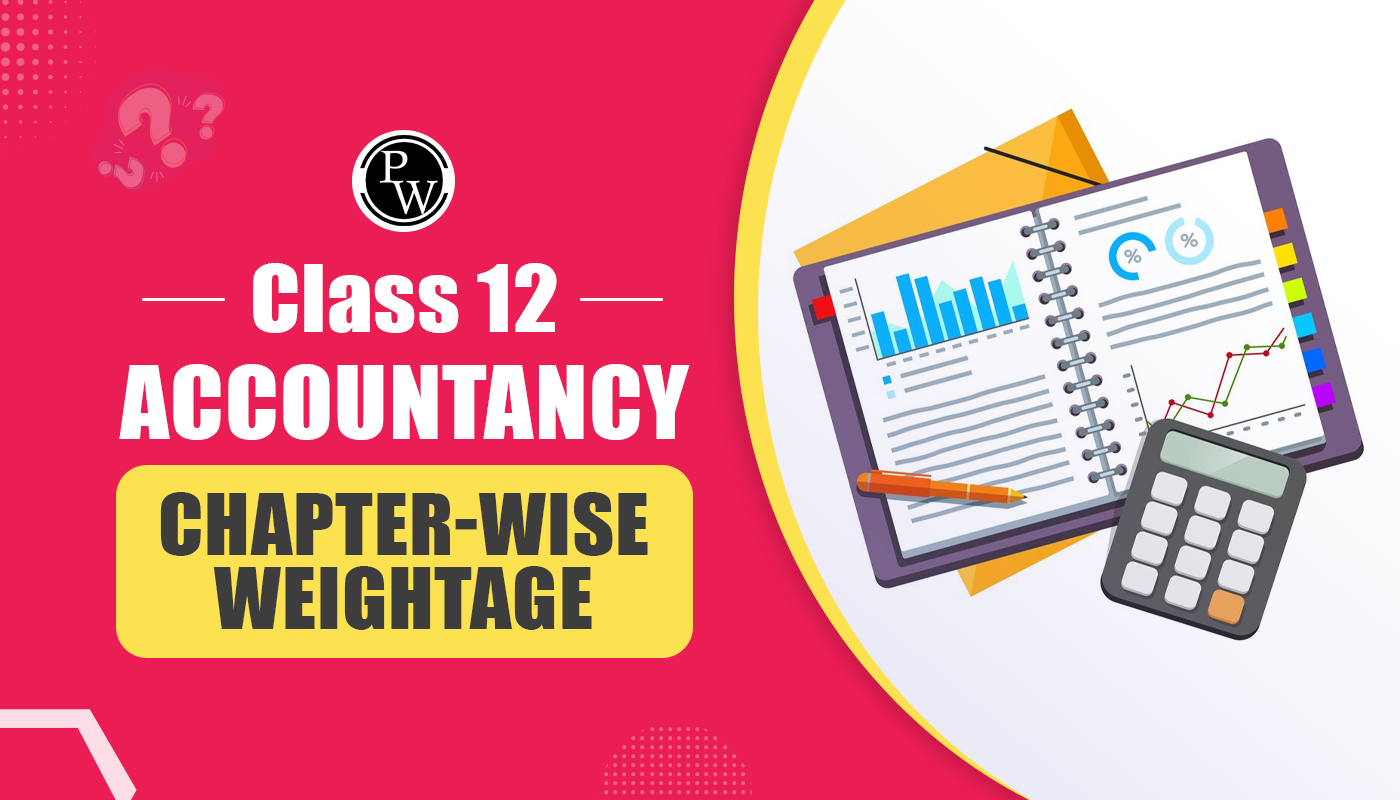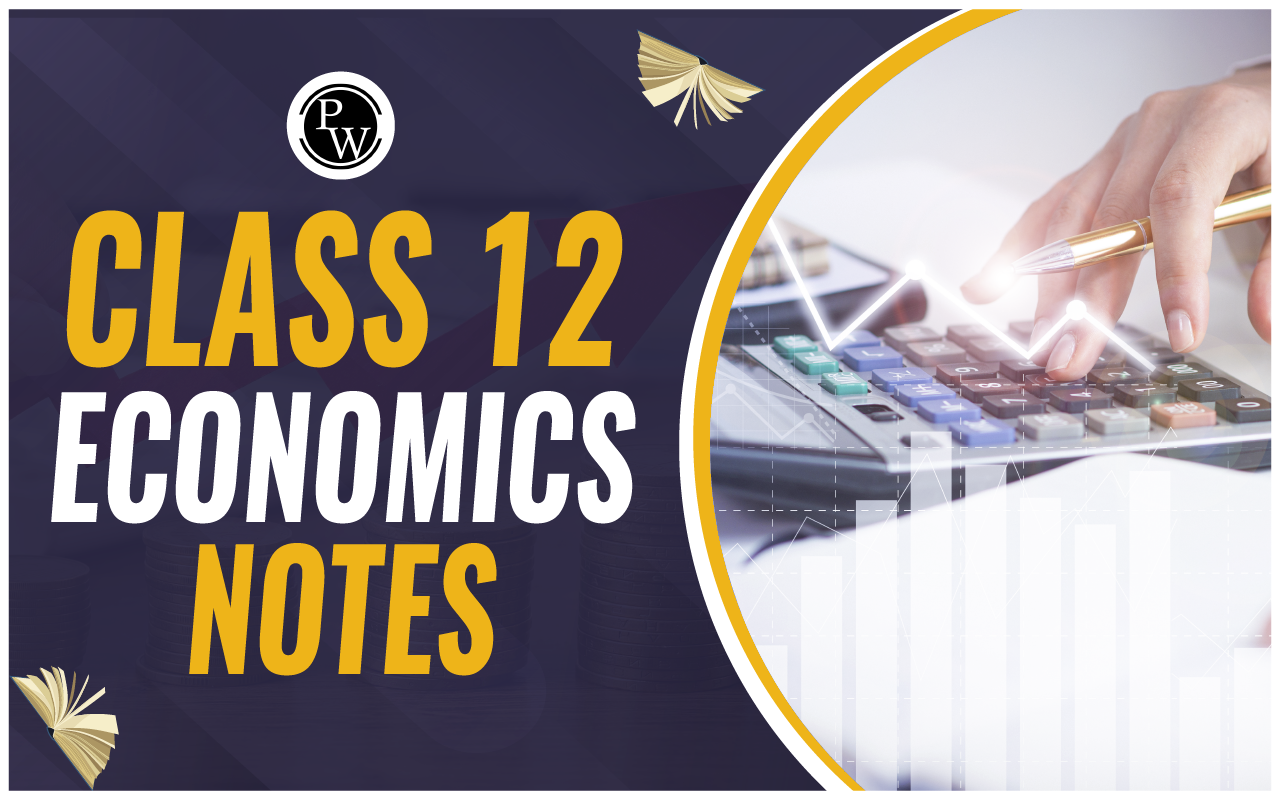
Consumer Equilibrium Utility Analysis is a crucial concept in microeconomics that refers to the optimal state a consumer achieves when purchasing goods and services. It is when a consumer maximizes satisfaction given their income and prevailing market prices. In essence, consumer equilibrium represents the balance between the marginal utility derived from the consumption of a product and its price. This equilibrium ensures that the consumer makes the most rational and efficient decisions in their purchasing behavior. This article delves into the significance, conditions, and formulas of Consumer Equilibrium Utility Analysis, shedding light on its role in economic theory.
The Concept of Consumer Equilibrium Utility Analysis
Consumer equilibrium is the point at which a consumer derives the highest possible satisfaction from their income. According to Consumer Equilibrium Utility Analysis, this occurs when the consumer allocates their income in such a way that the last rupee spent on each commodity yields the same marginal utility. In other words, the consumer will purchase goods and services in a way that balances the cost with the satisfaction they derive from them.
Rational consumers aim to maximize their total utility. They do so by comparing the price of a commodity with the marginal utility (additional satisfaction) they gain from consuming an additional unit of that commodity. When the price of a commodity equals the marginal utility derived from it, the consumer has reached equilibrium and will neither buy more nor less of that product.
The Rational Consumer's Behavior
In Consumer Equilibrium Utility Analysis, it is assumed that consumers make rational choices. They compare the satisfaction (utility) derived from consuming a good with the price they pay for it. If the price of a commodity is greater than the marginal utility, the consumer will reduce their consumption. Conversely, if the price is less than the marginal utility, they will increase their consumption. The optimal choice is reached when the price and marginal utility are equal, signifying the point of equilibrium.
A rational consumer reaches this state of balance by continuously adjusting their consumption habits based on changes in prices and income. The consumer seeks to derive maximum utility from the limited resources at their disposal, striving to make the most out of their income.
Equilibrium with One Commodity
When considering consumer equilibrium for a single commodity, the consumer will reach equilibrium when the marginal utility of the commodity equals its price. This point is where the consumer no longer wants to buy more or less of the good because they have reached the maximum satisfaction possible given their income.
The number of units of any commodity purchased by the consumer depends on two factors: the marginal utility (expected satisfaction from each additional unit) and the price of the commodity. When the marginal utility of the commodity is equal to the price paid for it, the consumer is in equilibrium.
Equilibrium with More than One Commodity
Consumer Equilibrium Utility Analysis also extends to situations where the consumer is purchasing more than one good or service. This is based on the assumption of the Marshallian utility analysis, where the consumer allocates their income across multiple goods in such a way that the marginal utility per rupee spent on each commodity is equal. When this condition is satisfied, the consumer is said to be in equilibrium.
In a multi-commodity situation, the consumer will distribute their income in a way that the marginal utility per unit of currency spent on each good or service is the same. This ensures that the consumer cannot increase their total satisfaction by altering the quantities of the goods purchased. Therefore, Consumer Equilibrium Utility Analysis helps determine how a rational consumer divides their expenditure between various goods to achieve the highest total utility.
The Formula for Consumer Equilibrium
To achieve consumer equilibrium, the consumer must allocate their expenditure in a way that the marginal utility per rupee spent on each commodity is equal. The formula for Consumer Equilibrium is as follows:
Where:
-
M.U. stands for Marginal Utility
-
X, Y, and Z represent different commodities
-
k is a constant representing the marginal utility per rupee spent
This formula ensures that the consumer maximizes their total satisfaction by balancing the marginal utility of each good with its price.
Importance of Consumer Equilibrium Utility Analysis
Consumer Equilibrium Utility Analysis is vital in understanding consumer behavior and decision-making. It provides insight into how individuals allocate their limited income among various goods and services to maximize their satisfaction. It also helps economists understand the factors that influence consumer choices, such as income, prices, and preferences.
By studying consumer equilibrium, we can predict how changes in prices, income, or preferences will affect consumer demand. For instance, if the price of a commodity decreases, the consumer will adjust their consumption pattern, leading to an increase in the quantity demanded. On the other hand, if the consumer's income increases, they may purchase more goods to maintain their equilibrium.
Conditions for Consumer Equilibrium
To achieve consumer equilibrium, several conditions must be met:
Equal Marginal Utility Per Rupee: The consumer must allocate their income in such a way that the marginal utility per rupee spent on each good is equal.
Rational Behavior: The consumer must be rational and aim to maximize their total utility.
Limited Income: The consumer’s income is limited, and they must make choices based on this constraint.
Price and Income Sensitivity: The consumer's equilibrium is affected by changes in prices and income, which may lead to a reallocation of spending.
Disadvantages of Utility Analysis
Despite its importance, utility analysis has some limitations. One major drawback is that utility is subjective and cannot be precisely measured. Since utility is based on individual preferences and feelings, it cannot be expressed in cardinal terms. This makes it difficult to quantify the exact satisfaction a consumer derives from a good or service. Therefore, utility analysis may not always provide an accurate representation of consumer behavior.
Consumer Equilibrium Utility Analysis provides a comprehensive understanding of how consumers make choices to maximize satisfaction. By balancing marginal utility with the price of goods and services, consumers reach a state of equilibrium where their total satisfaction is optimized. While this theory has its limitations, it remains an essential tool in understanding the complexities of consumer behavior in the marketplace.
Join PW Commerce Online Course and unlock your potential with quality education and dedicated learning support.
Consumer Equilibrium Utility Analysis FAQs FAQ
What is Consumer Equilibrium Utility Analysis?
How is Consumer Equilibrium achieved in a single commodity?
What happens when consumer equilibrium is not achieved?










